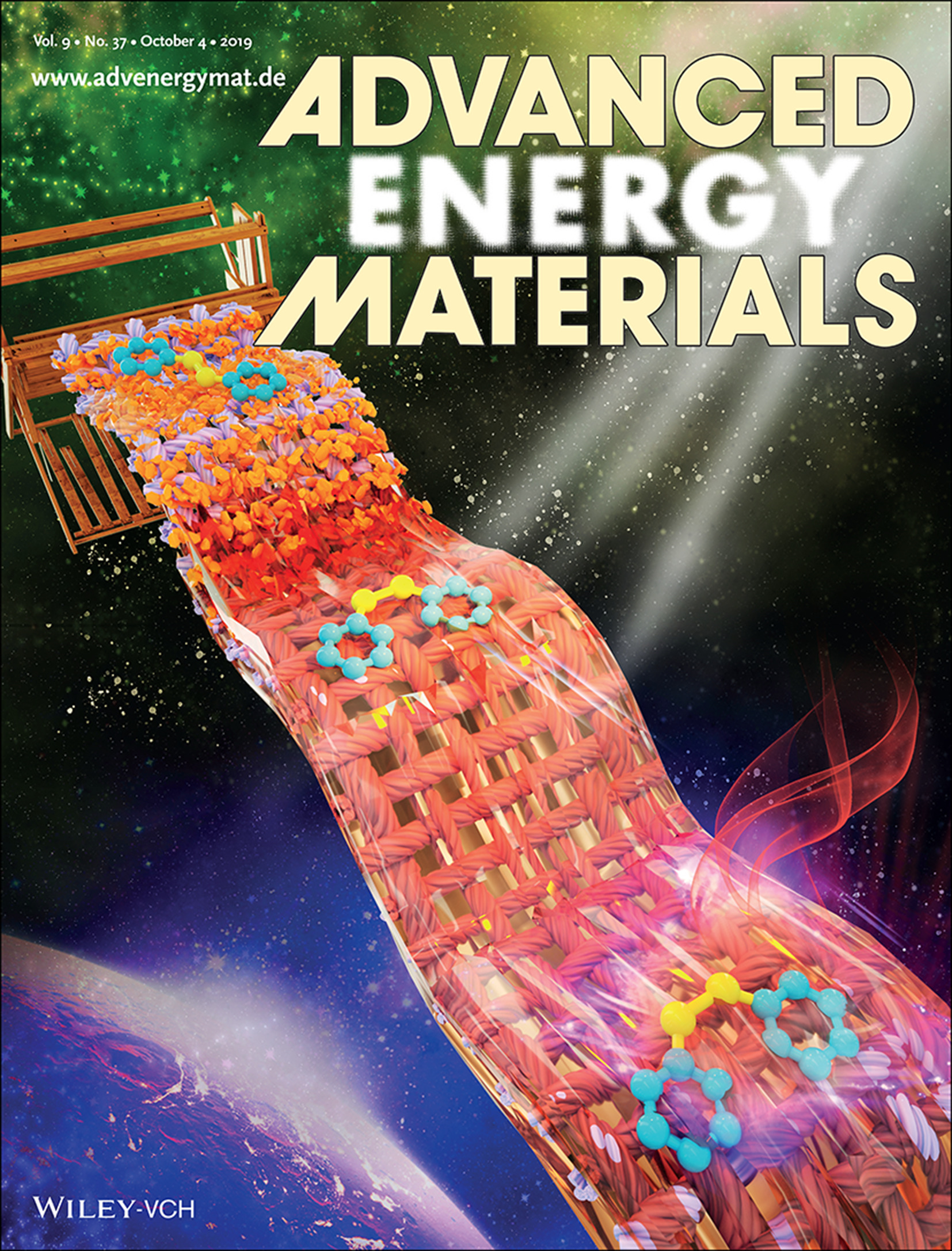Research progress on flexible and controllable solar thermal fuels of Yu Haifeng’s group from PKU
Dec 17, 2019
Peking University, Dec. 17, 2019: Recently, Yu Haifeng’s group from College of Engineering, Peking University, developed a kind of flexible and controllable solar thermal fuel (STF) cell. The STF cell is a composite of commercial fabric template and room temperature photo-liquefiable azobenzene derivative, which can store solar energy and release it as heat reversibly and controllably.
Solar energy gains extensive attention for its sustained and renewable properties. The key to utilizing the solar energy is realizing its controllable storage and release. At present, the solar energy has been utilized in several ways, such as photovoltaic power generation, photothermal conversion, photocatalytic water splitting and so on. There are already some commercial products like solar cells or solar water heaters derived from above techniques. In recent years, more and more researchers are interested in another way of using solar energy and solar thermal fuels (STFs). The energy storage mechanism of STFs is transforming solar energy into chemical energy stored in the conformation of molecular isomers, such as cis/trans-azobenzene, and releasing it as heat under various stimuli. The working performance of STFs mainly relies on the energy storage substances. Azobenzene derivatives are promising candidates for STFs, attributed to their advantages of easier synthesis, lower cost, less degradation over other photoswitchable molecules, such as norbornadiene–quadricyclane system and (fulvalene) tetracarbonyl diruthenium.
In previous collaborative studies, a series of solid−solid phase-change material (SSPCM) of thermoset-ting polyurethane (TPU) nanoarrays were successfully fabricated by in-situ polymerization of poly (ethylene glycol) (PEG)-containing macromonomers in nanoporous alumina (anodized aluminum oxide, AAO) templates. The PEG segments act as heat storage units. The PEG blocks were oriented partly by the nanoconfinement in the AAO nanotemplates, leading to a higher melting point and an enhanced heat storage capacity (ACS Applied Polymer Materials 2019, 1,(11), 2924-2932, Supplementary Cover Art).

Solid‒solid phase-change thermosetting polyurethane (TPU) nanoarrays were fabricated by polymerization of PEG-containing macromonomers in AAO nanotemplates Yu Haifeng and collaborators report a flexible and large‐scale produced solar thermal fuel device, by compositing a photoliquefiable azobenzene derivative and a fabric template
Yu Haifeng and collaborators report a flexible and large‐scale produced solar thermal fuel device, by compositing a photoliquefiable azobenzene derivative and a fabric template
Source: College of Engineering, Peking University

